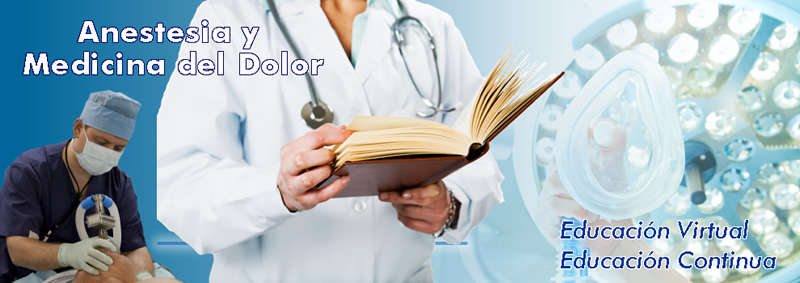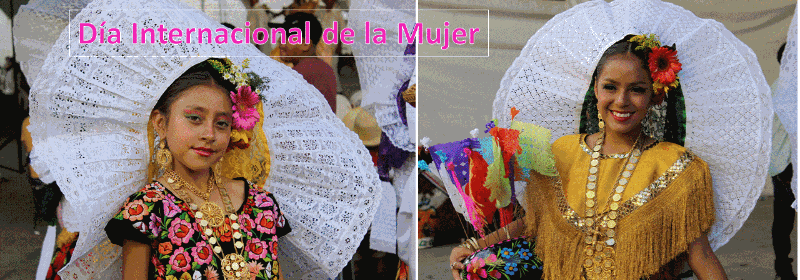Las mujeres, además de ser Madres, Esposas, Abuelas o Hijas, han luchado por su preparación cultivando actividades fuera de sus quehaceres caseros: son profesionistas de éxito, científicas renombradas, artistas que siguen conquistando al mundo, políticas que norman destinos de millones de seres humanos y muchas más actividades que por siglos parecían ser solo propias de hombres. Estos logros, sus logros, no han sido fáciles y muchas de ellas aun viven dificultades para lograr sus metas de vida, o simplemente no pueden desarrollarlas por factores ajenos a su voluntad.
Nos complace enviarle una breve colección de escritos publicados que manifiestan lo que ha pasado en la ciencia, en especial en medicina y como las mujeres han ido conquistando sus derechos, la igualdad y la justicia. Falta mucho por hacer, pero por ahora podemos celebrar con ellas sus logros y desearles que cada instante de su vida sea un momento especial para cada mujer.
Women, in addition to being Mothers, Wives, Grandmothers or Daughters, have fought for their preparation by cultivating activities outside of their household chores: they are successful professionals, renowned scientists, artists who continue to conquer the world, politicians that regulate the destinies of millions of human beings and many other activities that for centuries seemed to be exclusive to men. These achievements, their successes, have not been easy and many of them are still struggling to achieve their life goals, or simply cannot develop them due to factors beyond their control.
We are pleased to send you a brief collection of published writings that show what has happened in science, especially in medicine and how women have been conquering their rights, equality and justice. There is still a long way to go, but for now we can celebrate their achievements with them and wish them every moment of their lives a special moment for each woman.
| 


